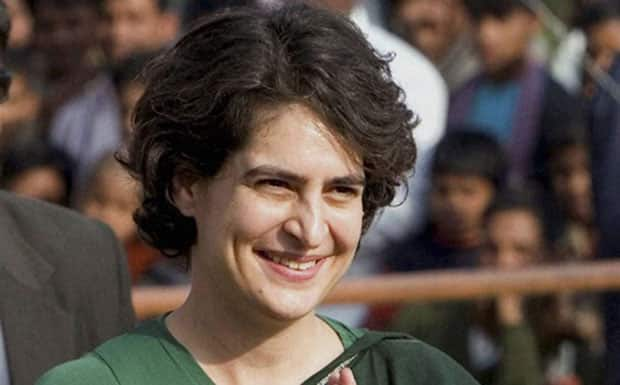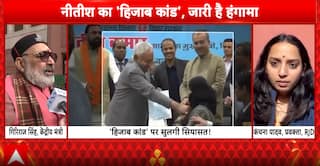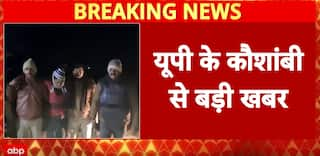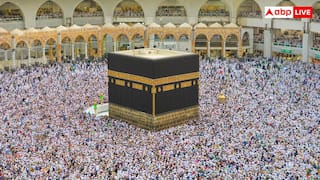Explorer
Congress pins its hopes on Priyanka

The Congress's focus on projecting Priyanka Gandhi as the architect of its alliance with the Samajwadi Party in Uttar Pradesh is strategic and aimed at protecting AICC president designate Rahul Gandhi in case the UP experiment fails on March 11.
It is an open secret that not everyone in the Congress is at ease over ties with the SP. The Congress-Samajwadi Party ties have never been mutually beneficial. Therefore, as a matter of planned strategy, more importance is being accorded to a tweet posted by veteran Ahmed Patel, known for his measured response and high stature in the party.
When the Congress and Samajwadi Party seat-sharing talks had turned iffy, Patel had tweeted, “Wrong to suggest lightweights were dealing on behalf of Congress party. Discussion was at highest level- b/w CM (UP),GS I/C & Priyanka Gandhi.”
For many at UPCC office at Nehru Bhavan, Mall Avenue, Lucknow, and AICC office at 24, Akbar Road, New Delhi, Patel’s words were soothing and comforting, officially communicating and conveying that Priyanka Gandhi is finally in active politics and among their midst.
The Congress move to opt for electoral alliance with the Samajwadi Party is fraught with opportunity and risk. The history of Congress ties with Mulayam and Samajwdi Party is patchy at best. In 1990, Rajiv Gandhi had extended an olive branch to a beleaguered Uttar Pradesh Chief Minister Mulayam Singh Yadav battling a break-up in the Janata parivar then. There is no dearth of Congressmen even today who feel Rajiv’s move played a pivotal role in the decline of the Congress in UP. The Janata Dal had split in 1990 and Muyalam was reduced to heading a minority Government with just 121 MLAs. Rajiv, acting on the advice of Ghulam Nabi Azad and Narain Dutt Tiwari, asked his 94 MLAs to support Mulayam.
In 1999, Samajwadi Party declined to support Sonia Gandhi’s bid to form an alternative Government when she had declared before TV news channels that she had the "support of 272 MPs" (which forms simple majority in the Lok Sabha). The two sides came together on the India-US civil nuclear deal in 2008 but failed to work out a seat adjustment in the 2009 Lok Sabha polls.
Till 1989, the bulwark of Congress’s UP fortress rested on three pillars: Brahmins, Dalits and Muslims. The three together constituted almost half of the State’s voters. But the Mandal agitation over caste-based reservations closely followed by Ramjanambhoomi-Babri masjid dispute destroyed the grand old party’s seemingly impregnable fort. Mulayam walked away with the Muslims, BSP the Dalits; and BJP with a large section of the upper castes.
In this sense, Uttar Pradesh Congressmen’s sense of pride which some consider as vanity, has assumed a saner response now. For many Congressmen, the otherwise humiliating terms of alliance with archrival Samajwadi Party can be swallowed as long as it signals Priyanka’s formal entry in politics. In addition, there is a distinct possibility — as it happened in Bihar — of the Congress registering a high strike rate in constituencies it would contest in UP and perhaps bagging a few ministerial berths if voters repose faith in Akhilesh Yadav. And a good performance by the Congress in UP would have set the stage for general election in 2019. Priyanka willing, they say.
Disclaimer: The opinions, beliefs and views expressed by the various authors and forum participants on this website are personal and do not reflect the opinions, beliefs and views of ABP News Network Pvt Ltd.
Follow Blog News on ABP Live for more latest stories and trending topics. Watch breaking news and top headlines online on ABP News LIVE TV
View More


























